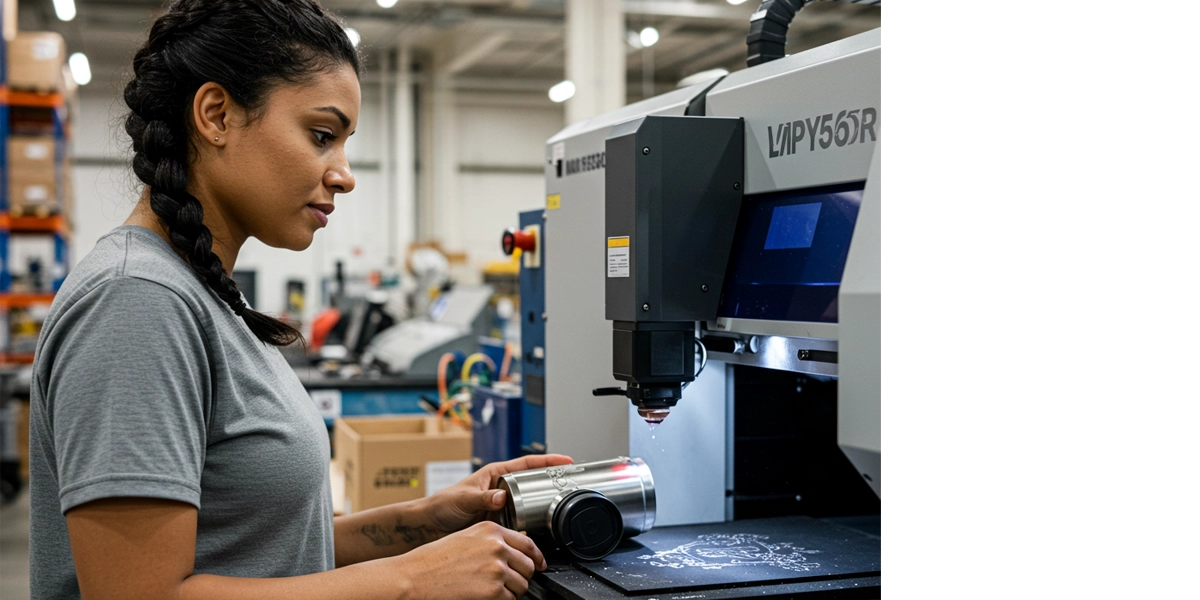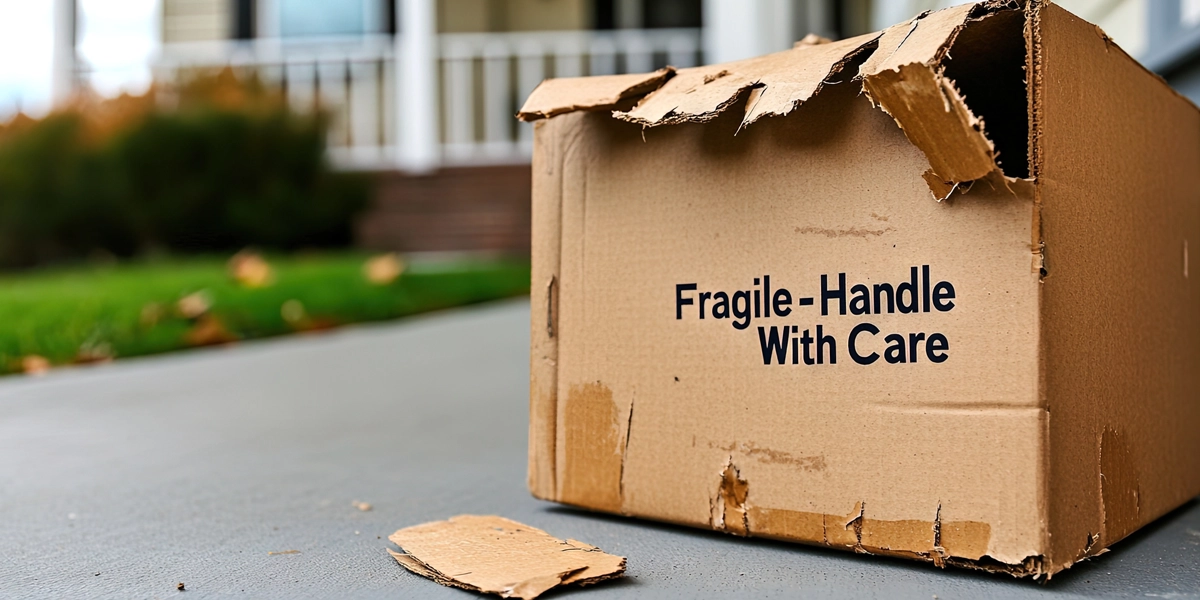In This Article:
For retailers, customers’ returns are an inevitable part of running a business. A big part. In 2018 alone, U.S. consumers returned about 10 percent of all purchases — both in store and online — tallying up to $369 billion.
But let’s zero in on e-commerce returns. With living rooms and bedrooms taking the place of in-store dressing rooms, that 10 percent overall return rate spikes to somewhere between 20 and 30 percent of items purchased online. Even before we all hunkered down amid the spread of COVID-19, shoppers had been relying on e-commerce in greater numbers. If your return process isn’t managed effectively, those shoppers might just flock elsewhere.
Survey after survey has revealed that having a clear, easy-to-navigate return policy fosters consumer trust and loyalty. When your shoppers know it won’t be a hassle to return a broken vase or exchange a too-tight dress for the perfect size, they’re much more likely to continue relying on you for their e-commerce needs.
How to Craft a Positive E-commerce Returns Policy
1. Get the lay of the land
Who are your customers? Understanding their needs and habits allows you to craft your best branding and marketing. Part of that image is how you handle returns and exchanges. If your e-commerce business revolves around clothing, for instance, you already know you’ll need a generous return policy when those jeans don’t fit quite right.
That generous policy will keep your customers happy. But you also need to keep an eye on your own bottom line and understand your return numbers. What’s the rate of return? Why are certain products being returned more than others? A high return rate could indicate a poor-quality product customers are unhappy with. But before you panic, keep in mind that your issue could be more easily fixable. Perhaps your photographs aren’t accurately portraying the item. Or your packaging doesn’t protect them item from cracking. Or your shipping partner isn’t taking care of packages properly.
2. Offer clear assistance
If you want happy, loyal e-commerce customers, make sure you address as many potential problems as possible upfront. Start with a thorough, easy-to-find FAQ section to help customers help themselves. Develop a robust customer service system through multiple channels. While phone calls remain one of the most popular customer service options for shoppers with complex problems, offering an online chat allows e-commerce shoppers to feel their needs have been met personally and efficiently.
Consider a clear, user-friendly returns policy as a major part of your e-commerce customer service. As with your FAQ section, the information you offer should be easily accessible and free from jargon that will only frustrate customers who might already be feeling fed up. It’s crucial to set expectations: Are returns free, or will customers have to pay for shipping? Will you cover the cost of broken or damaged items? Ultimately, the returns policy should be reasonable for both parties. On the one hand, you don’t want to lose money processing returns or putting up with customers abusing a generous policy. On the other, extending a generous, flexible policy encourages return visits to your online store.
3. Anticipate customer needs
Customers like to feel taken care of and informed. In centering your e-commerce customers throughout the entire process — yes, including the returns process — you’re guaranteed to keep them coming back. After you’ve created a solid returns policy, what perks can you offer that will bring your customers some relief and reassurance?
Start by making interactions as easy and convenient as possible. Post-purchase, send email updates each step of the way so customers know when they can expect their package to show up on their doorstep. In the package, consider including a prepaid envelope or bag along with an easy-to-read form so customers are encouraged to exchange the item for a better fit, rather than simply returning it if it’s not what they had hoped for. If no prepaid packaging is not included, consider including a return shipping label, or make sure it’s clear how customers can easily print return labels themselves.
Thanks to powerhouses like Zappos, e-commerce customers have come to expect free returns. After all, the word “free” can really take the edge off any reluctance customers feel about going through the returns process. In a 2019 UPS survey, nearly half of respondents said free shipping was the main reason their returns experience was a positive one. But keep the flipside in mind: Nearly 70 percent of respondents said paying to return an item reduces the chance they’ll return to an online retailer.
Stay in communication and be mindful of customers’ money. If the customer has followed your returns policy, credit their return as quickly as possible. In the 2019 survey, respondents cited delayed refunds as a major factor in negative returns experiences. Make good use of parcel tracking so you can update your customers when you’ve received the returned item, when their money has been credited back to them, and when they can expect their new item to be shipped out.
The result: Customers feel valued and in control. They see you as a trusted e-commerce retailer.
4. Manage the reverse supply chain
If returns are a fact of e-commerce life, make sure you’re managing your inventory. Keep an eye on your inventory levels after people send back unwanted items. Do you use parcel tracking so you know where your items are? Do you have the warehouse space and manpower to accept returns? Are you you properly cleaning and repackaging your re-sellable items? Can you manage the entire reverse-logistics chain, from accounting to inventory management to warehousing? It’s a huge job. In 2017, Chris Halkyard, CEO of Aries Supply Chain Consulting, predicted reverse logistics alone would become a $650 billion business.
Working with a third-party order-fulfillment partner to manage your returns process can help you boost efficiency, keep items moving off the shelves and ensure the happiest customers possible — not to mention help secure your bottom line.
If you’d like to talk returns or reverse logistics, contact us. You can call us at 1-866-289-9010 or email us at sales (at) owd (dot) com.
In This Article:
Subscribe to our Newsletter
Tincidunt urna mauris eu quam vulputate lobortis sit. Purus feugiat arcu nunc quisque massa ut.



























